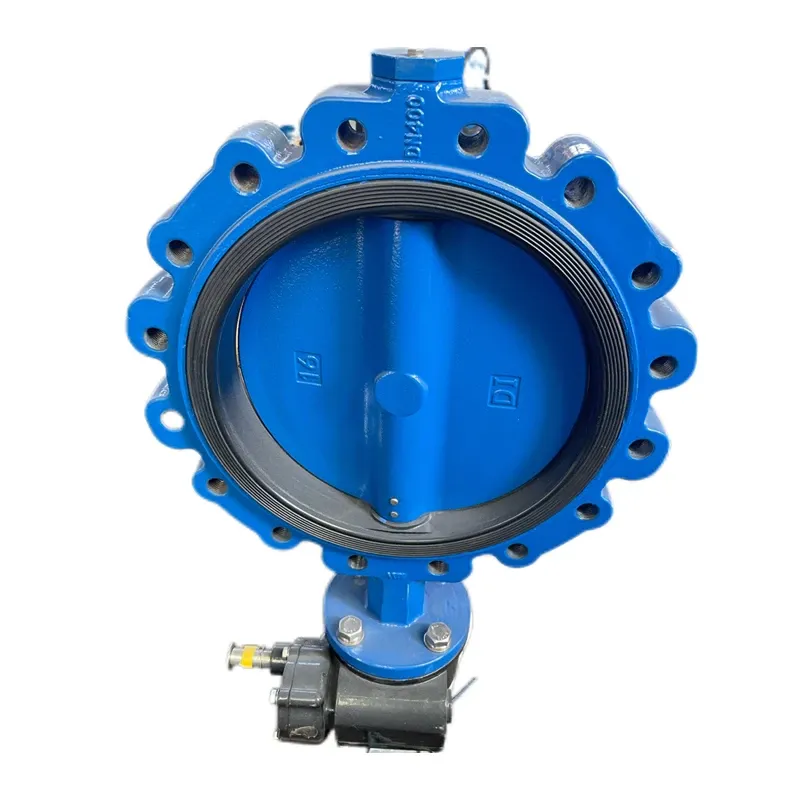ਦਸੰ. . 23, 2024 04:47 Back to list
Socket and Resilient Seat Gate Valve Design for Enhanced Fluid Control Systems
Socket and Resilient Seat Gate Valve A Comprehensive Overview
In the realm of fluid control and pipeline infrastructure, the importance of reliable and efficient valves cannot be overstated. Among various types of valves available on the market, socket and resilient seat gate valves have emerged as practical solutions for many industrial applications. This article delves into the features, advantages, applications, and maintenance practices of these essential components.
Understanding Socket and Resilient Seat Gate Valves
Gate valves are designed to allow or restrict the flow of fluid through pipelines. The socket type denotes the connection method used to attach the valve to the piping system. Typically, a socket connection is made by inserting the pipe into a socket end of the valve and securing it, offering a streamlined design that enhances the overall connection integrity.
On the other hand, the resilient seat in such gate valves refers to the use of a rubber or elastomer material that forms the sealing surface. This innovative design minimizes leaks and ensures greater sealing efficiency under a wide range of pressures and temperatures. The combination of socket and resilient seat technology affirms a robust, durable, and versatile valve option suitable for numerous applications.
Key Advantages of Socket and Resilient Seat Gate Valves
1. Leak Resistance One of the most significant benefits of resilient seat gate valves is their superior sealing capabilities. The resilient seat provides a tighter seal compared to traditional metal-to-metal designs, thereby preventing leaks and minimizing wastage.
2. Ease of Installation The socket connection allows for straightforward installation and maintenance. This not only saves time but also reduces labor costs, making them an attractive choice for industries looking to optimize operations.
3. Versatility These valves are suitable for a variety of applications, including water supply, wastewater treatment, chemical processing, and heating systems. Their adaptability to different media and temperatures makes them ideal in both residential and industrial settings.
4. Durability Constructed from robust materials such as ductile iron and equipped with a resilient seat, these valves exhibit excellent resistance to wear and tear. This longevity reduces the need for frequent replacements, translating to cost savings over time.
5. Operational Efficiency The design of resilient seat gate valves enables quick and effective operation, providing a full open or close with minimal effort. This characteristic is vital in systems requiring prompt flow control.
Applications of Socket and Resilient Seat Gate Valves
socket and resilient seat gate valve

Socket and resilient seat gate valves are utilized across various sectors, highlighting their versatility. Their typical applications include
- Water Distribution Systems Used for controlling flow in municipal water supply pipelines, these valves help manage the distribution of water effectively. - Wastewater Management In wastewater treatment plants, these valves are instrumental in managing the flow of sewage and treated water, ensuring efficient system operation. - Industrial Processes Various industries, including chemical manufacturing and food processing, rely on these valves for controlling fluid flow in their operations, given their adaptability to different substances. - Heating and Cooling Systems In HVAC systems, resilient seat gate valves play a significant role in regulating water and steam flow, optimizing energy efficiency and comfort.
Maintenance and Care
To ensure the longevity and proper function of socket and resilient seat gate valves, regular maintenance is essential. Here are some best practices
1. Routine Inspection Regularly check for leaks and signs of wear, especially around the sealing area. Early detection of issues can prevent significant failures.
2. Cleaning Debris and sediments can hinder valve performance. Periodically cleaning the valve area ensures smooth operation and efficient flow control.
3. Lubrication For valves with operating mechanisms, applying appropriate lubrication as per the manufacturer's guidance can enhance performance and extend lifespan.
4. Functional Testing Conduct periodic tests to ensure that the valve operates smoothly. This can involve opening and closing the valve a few times to verify its responsiveness.
5. Record Keeping Maintain a log of inspections, maintenance, and any repairs performed. This approach can help identify patterns and predict potential future issues.
Conclusion
Socket and resilient seat gate valves are undeniably vital components in today’s fluid control systems. Their leak-resistant design, ease of installation, and versatility make them suitable for a myriad of applications across various industries. By adhering to maintenance best practices, users can ensure the efficacy and longevity of these essential valves, thereby enhancing overall operational safety and efficiency. In an era where reliability is paramount, investing in quality valves is a decision that pays dividends in stability and performance.
Share
-
Reliable Wafer Type Butterfly Valves for Every IndustryNewsJul.25,2025
-
Reliable Flow Control Begins with the Right Ball Check ValveNewsJul.25,2025
-
Precision Flow Control Starts with Quality ValvesNewsJul.25,2025
-
Industrial Flow Control ReliabilityNewsJul.25,2025
-
Engineered for Efficiency Gate Valves That Power Industrial PerformanceNewsJul.25,2025
-
Empowering Infrastructure Through Quality ManufacturingNewsJul.25,2025